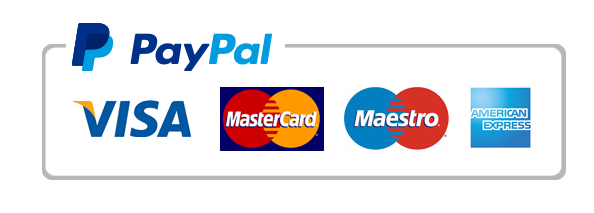7821
Two firms compete by choosing their outputs in sequence, the follower observing the leader’s output before making its own choice. The market price then adjusts to equate demand with aggregate output. Production is costless, and consumer valuations are uniformly distributed between 0 and 1. (a) How much does each firmrm produce in equilibrium? (b) Why is price lower than if the two firms produced simultaneously (viz. a Cournot duopoly)?





